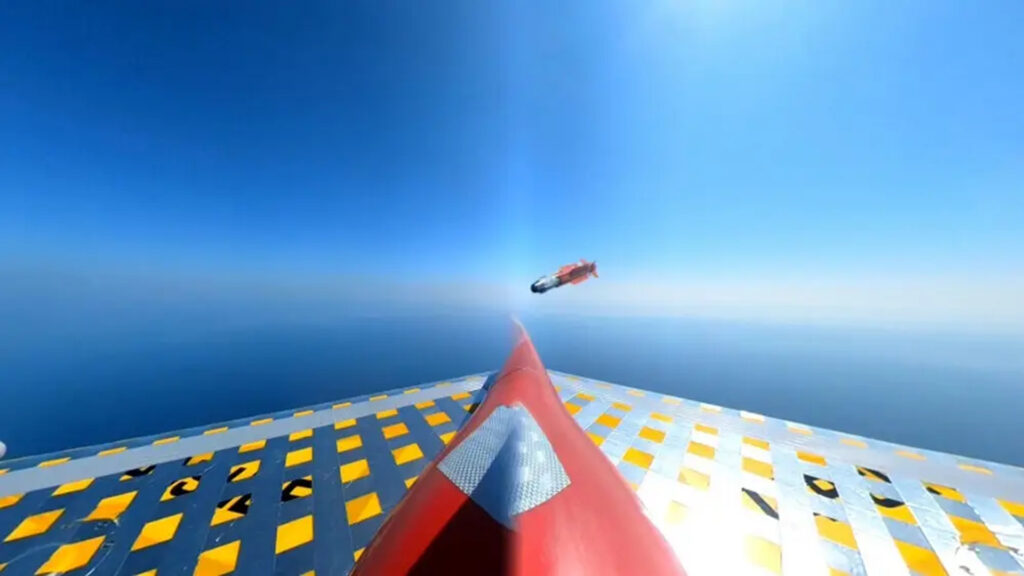On June 19, 2025, France marked a significant milestone in the advancement of its defense capabilities. For the first time, the next-generation MICA NG air-to-air missile was successfully launched from a Dassault Rafale fighter jet. The test, conducted over the Mediterranean Sea, concluded with a direct hit on an unmanned aerial vehicle, showcasing both the combat and technological prowess of the new missile.
The French Directorate General of Armaments (DGA) oversaw the test, involving five of its technical centers. Among them were DGA Missile Testing and DGA Flight Testing, which handled the deployment of targets and ensured the operation’s safety. Also contributing were DGA Engineering and Projects, DGA Information Management, and DGA Aerospace Technology—institutions with extensive expertise in weapons development and evaluation.
A New Missile for New Threats
MICA NG (Missile d’Interception, de Combat et d’Autodéfense Nouvelle Génération) is more than just an upgrade—it represents a new generation of air-to-air weaponry. Combining multi-role capability with superior speed, range, and targeting systems, the missile is equipped with either an infrared (IR) seeker or an active electronically scanned array (AESA) radar seeker. This dual-configuration design allows it to engage a wide range of targets—from agile drones to high-speed cruise missiles.
A standout feature of the MICA NG is its inertial guidance system with a two-way datalink, allowing for mid-course trajectory updates and target acquisition even after launch. With speeds exceeding Mach 4 and maneuverability above 50g, the missile is extremely difficult to evade. It boasts a range of 60 to 80 kilometers, making it suitable for both close combat and longer-range interception.
Strategic Importance
France intends for the MICA NG to become the primary air-to-air defense system for both its air force and naval aviation branches. The missile is fully integrated with Rafale avionics, including the latest F3-R and F4 variants, ensuring streamlined deployment and operational flexibility. As defense strategies evolve, developing and fielding domestic, high-performance weapon systems has become increasingly crucial.
Delivery Timeline and Procurement
The MICA NG program began in 2018, with initial deliveries originally planned for 2026. However, the timeline has shifted, and the first deliveries are now expected by 2030. Despite this delay, demand remains strong: the French Ministry of Armed Forces initially ordered 200 missiles, and in March 2021, signed an additional contract for 367 more—bringing the total order to over 500 units.
Broader Context and Future Outlook
As the international security environment continues to shift, European nations are placing greater emphasis on building sovereign defense capabilities. The MICA NG test is part of a broader trend toward investment in domestic defense industries, modernization of arsenals, and technological self-reliance.
France—long an advocate for strategic autonomy—is demonstrating its commitment not just through political declarations, but through tangible technological achievements. The successful test of the MICA NG stands as clear evidence of Europe’s ability to develop cutting-edge weaponry that competes on the global stage. It reinforces France’s position as a leader in defense innovation and sends a strong signal of readiness to address modern threats with homegrown solutions.

The “French Missile Systems Timeline” is a scatter plot showing the introduction years of major French missile systems from 1975 to 2030. The X-axis displays years (1970–2035), and the Y-axis lists missiles (e.g., Exocet, MICA, MICA NG). Each missile is marked by a blue dot at its introduction year, highlighting France’s missile development history and the upcoming MICA NG in 2030.



